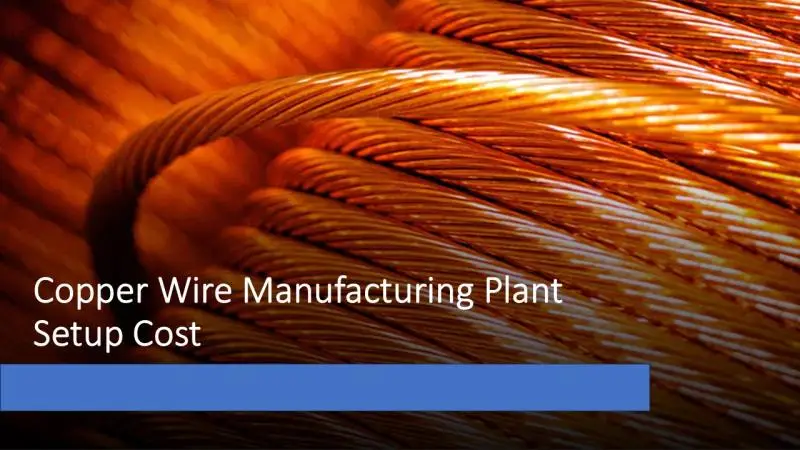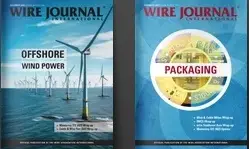Copper wire, a highly conductive metal wire derived from refined copper, is extensively utilized in electrical wiring, telecommunications, electronics, and power transmission. Its excellent electrical and thermal conductivity, flexibility, and corrosion resistance make it an essential component in both residential and industrial applications. The production of copper wire involves processes such as casting, rolling, drawing, and annealing to achieve the desired thickness and strength while maintaining high conductivity and durability standards.
Setting up a copper wire manufacturing plant involves several steps, including raw copper procurement, wire drawing, annealing, insulation, and quality testing. This setup requires a significant investment in machinery, utilities, skilled labor, and infrastructure. The focus is on maintaining precision, efficiency, and adherence to electrical standards to ensure high-quality output. Strategic location, supply chain management, and compliance with environmental and safety regulations are crucial for operational success and profitability.
IMARC Group’s report, “Copper Wire Manufacturing Plant Project Report 2025: Industry Trends, Plant Setup, Machinery, Raw Materials, Investment Opportunities, Cost and Revenue,” provides a comprehensive roadmap for establishing a copper wire manufacturing plant. The report covers a wide range of information, from a comprehensive market overview to micro-level details such as unit operations involved, raw material requirements, utility requirements, infrastructure requirements, machinery and technology requirements, manpower requirements, packaging requirements, and transportation requirements.
The copper wire industry in 2025 is projected to experience steady growth, driven by rapid urbanization, expanding infrastructure, and increasing demand for electricity and electronic devices. The growing adoption of renewable energy systems and electric vehicles further amplifies the need for high-performance wiring solutions. Technological advancements in insulation materials and manufacturing automation are enhancing production efficiency. Additionally, government initiatives for smart grids and electrification projects are expected to sustain market demand, making copper wire manufacturing a promising investment avenue globally.
Key insights for setting up a copper wire manufacturing plant include detailed process flow, project details, requirements, and costs involved. These encompass product overview, unit operations involved, mass balance and raw material requirements, quality assurance criteria, technical tests, land, location and site development, plant layout, machinery requirements and costs, raw material requirements and costs, packaging requirements and costs, and transportation requirements and costs.



